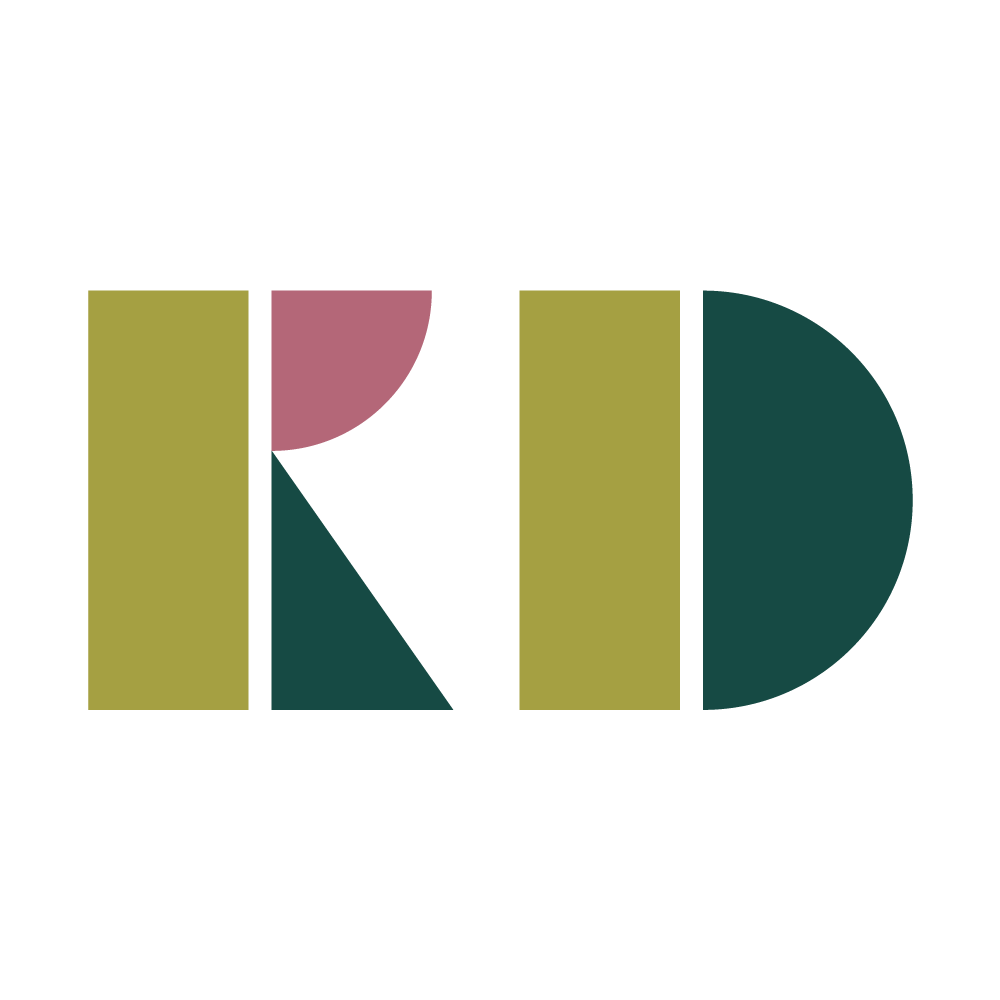Modern XL Design System
Pearson serves over 160 million users across the globe, and the products were overdue for a refresh. The goal is simple but the execution is much more complex. My role was to create, maintain and scale a new design system and design tokens.
Product launch Fall 2024
Role:
Timeline:
Senior Visual Designer
Constraints:
Cost and Time
Scenario:
One of the major challenges Pearson was facing was that a lot of the pages, products, features, and components were not in sync with each other in terms of UI/UX. This happened because they were designed at different times, by different designers with different business goals.
Over time, the product became more disjointed because a lack of a design system and underlying design principles. The user experience also suffered because of the lack of consistency.
New Business Goals
Drive consistency
Modern look and feel
Introduce design tokens
Simplify navigation
Team and roles:
My role was the Senior Visual Designer on the Higher Ed UX Design team. The team consisted of a Senior Design Director, Design Manager, Senior and Junior Product Designers, and a UX Prototyper.
My Roles and Responsibilities
Overall look and feel of the product
Creation, maintenance and scaling of the Design System.
Creation, communication and implementation of the novel Design Tokens.
Partnered with A11Y team to assure components met requirements.
Build a coherent, hierarchical and thoughtful design system.
My role was to make all visual design choices around color, typography, icons, accessibility and brand.
Iterations:
Design goals:
Design tokens allows us to iterate on colors, type and elevation as we scaled.
Impact & Learnings:
During user testing, students have asked to use the product now.
Specifically the capability to switch light and dark mode.
Design choices, Iterations, and Implementations:
To begin, I started designing the basic atoms of the design system like fonts, primary colors, icon sets. Knowing this could evolve it was important to set up the design token framework early. I partnered closely with our UX Prototyper on reference and system color tokens and font styles.
To begin, I started designing the basic atoms of the design system like fonts, primary colors, icon sets. Knowing this could evolve it was important to set up the design token framework early. I partnered closely with our UX Prototyper on reference and system color tokens and font styles.
Reference and System Tokens
Color Tokens
Atomic Icon Set
Typography Tokens
Grids and Spacing
Impact and Learnings:
User Testing Result and Summary:
Top 3 user generated keywords: Organized, Clean and Modern.
All students noted eye strain and ability to switch mode based on time of day.
Light mode was described as simple and familiar.
Dark mode was described as modern and calm.
The visual design palette was successful in targeting the emotional response we were aiming for: Calm and Modern
Users reacted to the quantity of the items. What is the default list and tabs?
Should users have control of the mode or managed by the time of day?
How quickly can we adapt tokens and light/dark mode capabilities?
Are we hitting the right chords with students as far a look and feel?
Below are the results from the moderated user testing.












